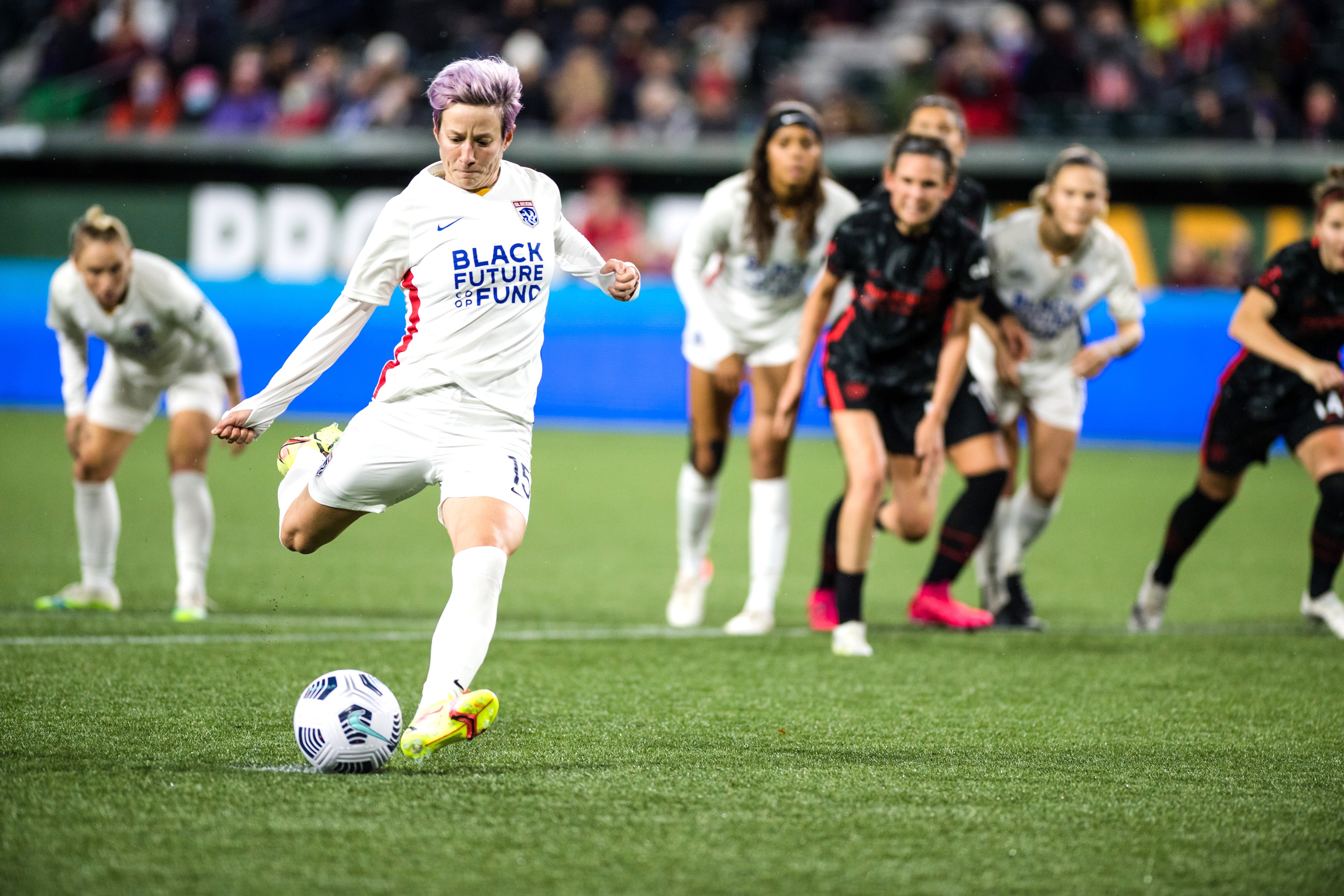
As soccer fans around the world celebrate the “beautiful game” at this year’s men’s World Cup in Qatar, one big part of the sport is being conspicuously overlooked: female players.
It’s no secret that women’s soccer has not received anywhere near the level of attention or funding the men’s game has. Female professional players are paid far less than male ones—a discrepancy the U.S. women’s team hoped to help remedy when it reached an equal pay settlement with the U.S. Soccer Federation earlier this year. Yet in many areas related to the sport’s equipment and health, women’s soccer remains underfunded and underresearched.
In a new study published this week in Sports Engineering, a team of researchers in England has identified 10 areas where a lack of research could be holding female players back. These range from the fact that soccer boots are designed for men to strict uniform standards that limit women’s comfort and performance.
“Men have been the norm. They’ve been the norm in sports. They’ve been the norm in medical research,” says Katrine Okholm Kryger, a senior lecturer at St. Mary’s University in England and lead author of the study.
The male bias in research has extended to a vast number of other fields as well: the design of space suits, for example, or the fit of personal protective equipment such as face masks and respirators, Okholm Kryger and her colleagues note in their study.
They identify soccer uniforms as one key area for improvement. Professional women’s teams are often required to wear the same color uniforms as the corresponding men’s team. But female soccer players have frequently cited concerns about light-colored shorts and menstrual leakage—to the point where they say it affects their ability to focus on the game. Okholm Kryger says this just highlights the fact that designs don’t take female players’ needs into consideration. “It’s such an easy fix,” she says. “It doesn’t need any engineering; it’s just a change in color.”
Female players—including Leah Williamson, captain of England’s national women’s soccer team, a player in the country’s Arsenal women’s soccer team in and a co-author of the new study—have also cited concerns about the length of the shorts they have to wear, which some view as sexualizing. That may be intentional, Okholm Kryger says, noting the bikini “shorts” typically required in women’s beach volleyball.
Female soccer players also are often required to wear a sports bra provided by a sponsor rather than the bra that fits them best as an individual. Being able to wear a bra that is comfortable and supportive is important: some 44 percent of elite female athletes report breast pain during training or competition. But elite soccer players can be fined for not wearing a sponsor’s bra, so they are forced to choose between wearing this less optimal option or two bras. Male players don’t face this challenge. As Okholm Kryger puts it, “Who would ever consider having men wear a certain type of underwear?”
Soccer boots, or cleats, are another area where women’s equipment is lacking. Most of the cleats made by big manufacturers are designed for male feet, so female players just have to wear smaller sizes. But studies show that women’s feet have a different shape and volume than men’s, and the new study notes that an improperly fitted boot could increase the risk of injury. Cleats are designed to provide optimal traction on different playing surfaces: if the traction is too high, players get stuck, but if it’s too low, players slip. A design that is optimal for a man’s foot may not be optimal for a woman’s. Manufacturers are starting to acknowledge this issue, although a lack of research on female players has hindered progress.
Anterior cruciate ligament (ACL) injuries can take players out of the game for months at a time. And female players take longer to recover from such an injury than male players—about 10 months versus seven months, respectively, according to Craig Rosenbloom, a doctor and consultant at the Tottenham Hotspur Football Club and co-author of the new paper. While it’s not entirely clear what’s causing the increased rate of ACL injuries, some research suggests the foot may get stuck on the ground while the body rotates, which can occur if a player’s cleats have too much traction.
Playing surface is also important. Most professional women’s teams do not have their own stadium, so they have to play at men’s stadiums—often the day after a men’s game, when the turf is torn up and uneven, Okholm Kryger and her colleagues note in the study. That could increase the risk of injuries.
Then there’s the ball itself. Women play with the same size ball as men. Yet research suggests that female players have a greater risk of concussion and brain injury from heading the ball. Tottenham Hotspur has starting introducing neck-strengthening exercises to try to reduce the risk of such injury.
There has been some research on whether soccer ball size affects the women’s game. Scientists found that a smaller and lighter ball allowed players to kick faster and exert themselves less but had no effect on heart rate or overall performance. These studies are several years old, however, Okholm Kryger and her colleagues point out.
When it comes to the differences in physiology and injury rates between male and female soccer players, it’s also difficult to tease apart the effects of biological sex and gender socialization. For example, do women’s wider hips affect their risk of certain injuries, or do male players have more practice learning how to fall safely? “Is it sex or gender?” Okholm Kryger asks. Most likely, “it’s a combination of the two.”
